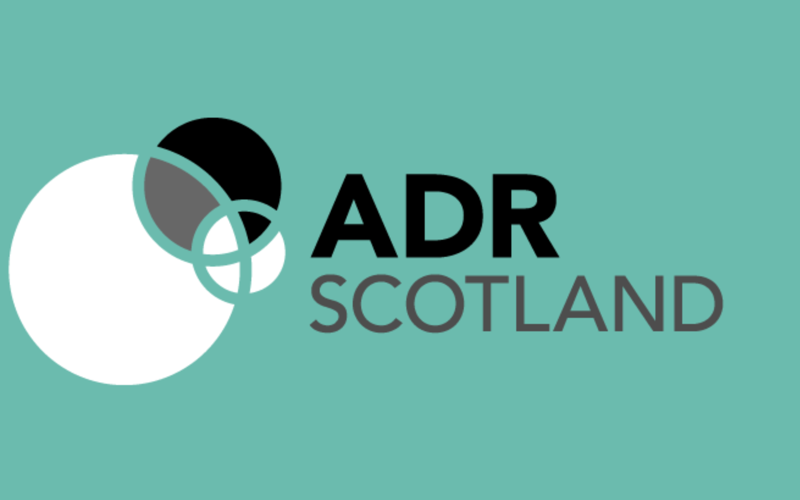What comes next?
Now that we’ve established a solid foundation for our work on ADR Scotland, and have delivered new datasets that have been made available for research, we can progress with our work to both improve the current system, and to transform it for the future.
RDS have set up the Scottish Data for Research Alliance, formed of key partner organisations, to help improve the overall systems of accessing and processing administrative data ready for research in Scotland.
Improvements are being made to the way in which data is linked and stored will mean that health and non-health data can be more easily linked, making a wider range of datasets accessible to ADR. This methodology will be used for all datasets brought into the National Safe Haven regardless of the funding source, meaning that datasets funded through different sources will all benefit from each other.
RDS is developing a roadmap for how this system transformation can start to be realised over the next three years. There are a number of key strands to this work to enable a more joined up approach to data research in Scotland. This includes our Researcher Access Service, a new streamlined pathway that digitises the process for the first time, making it simpler to apply for Scottish public sector data for research. Working both within and outside of the ADR Scotland programme, Research Data Scotland are ideally placed to move, along with our partners, to a system-wide planning and prioritisation approach. It’s through these close working relationships that we can deliver on our mission of making it faster and simpler to access public sector data for research. I’m looking forward to seeing us collectively rise to the challenge.
You can learn more about our role in ADR Scotland in our work and impact pages, or for those attending IPDLN, come say hello at the ADR UK stand, where you can also chat to other colleagues working across ADR Scotland and the ADR UK Strategic Hub.



